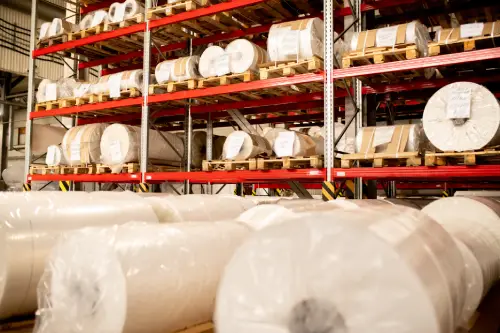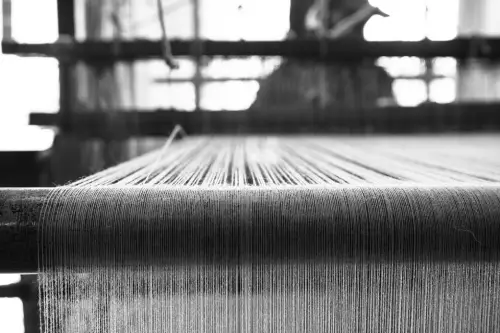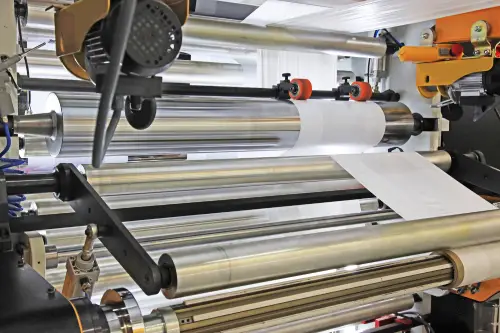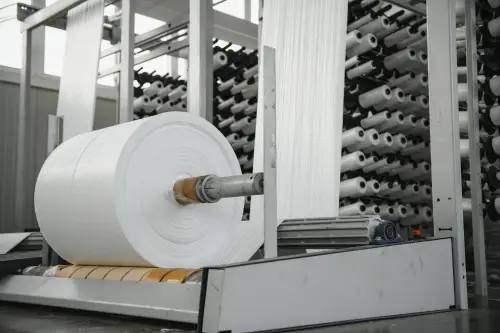How jumbo bags are made?

Introduction
Jumbo bags, also known as Flexible Intermediate Bulk Containers (FIBCs), are indispensable in various industries for transporting and storing bulk materials. Ever wondered about the intricate process behind the creation of these robust and versatile bags? In this blog, we’ll take you on a journey through the fascinating world of jumbo bag manufacturing, shedding light on the steps involved in producing these giants of the packaging world.
The Raw Materials
The first step in the jumbo bag manufacturing process is sourcing the raw materials. These bags are typically made from woven polypropylene fabric, a strong and durable material that can withstand the rigors of handling bulk goods. The fabric is chosen for its excellent strength-to-weight ratio, making it ideal for heavy-duty applications.

Weaving the Fabric
Once the polypropylene is sourced, it undergoes a weaving process to create a strong and flexible fabric. This weaving process involves interlacing the polypropylene threads in a crisscross pattern, forming a sturdy base for the jumbo bag. The type of weave can vary depending on the specific requirements of the bag and the materials it will carry.

Coating and Lamination
To enhance the bag’s performance and protect it from external elements, the woven fabric may undergo coating or lamination processes. Coating involves applying a layer of protective material to the surface of the fabric, while lamination involves bonding an additional layer to the fabric. Both processes contribute to the bag’s strength, durability, and resistance to moisture.

Cutting and Sewing
The woven and coated fabric is then cut into the desired shape and size for the jumbo bag. Precision is crucial at this stage to ensure uniformity in the final product. The cut pieces are sewn together using high-strength sewing machines, creating the distinctive cubic or rectangular shape of the jumbo bag. The seams are reinforced to withstand the stress of heavy loads.

Adding Features and Accessories
Depending on the intended use, additional features and accessories are incorporated into the jumbo bags. These may include lift loops for easy handling by forklifts or cranes, discharge spouts for efficient unloading, and document pouches for labeling and paperwork.
Quality Control
Quality control is a critical aspect of jumbo bag manufacturing. Each bag undergoes rigorous testing to ensure it meets industry standards for strength, durability, and safety. This may involve weight capacity tests, seam strength tests, and checks for any defects in the fabric or stitching.
Conclusion
The journey from raw materials to the finished product showcases the complexity and precision involved in the manufacturing of jumbo bags. These versatile giants play a vital role in various industries, from agriculture to construction, providing an efficient and reliable solution for transporting and storing bulk materials.



